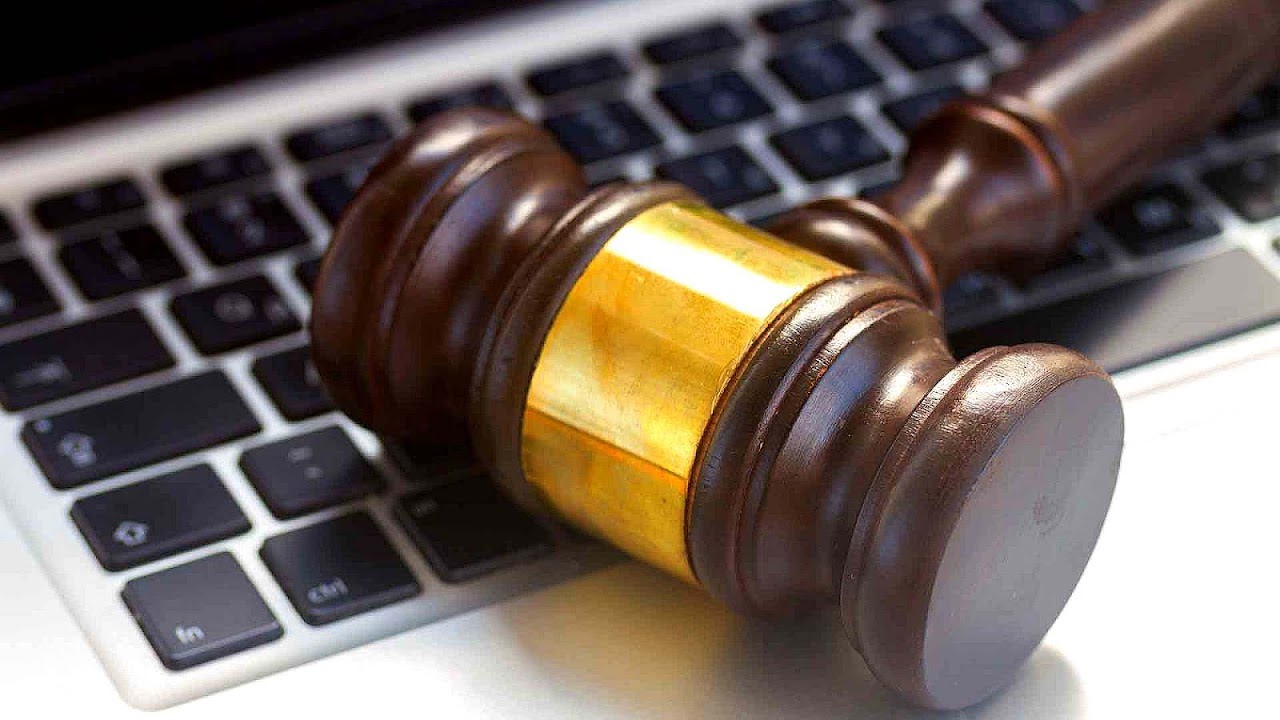
A trustee in bankruptcy is an entity, often an individual, in charge of administering a bankruptcy estate.

Maps, Directions, and Place Reviews
United States
In the United States, a Trustee in Bankruptcy is a person who is appointed by the United States Trustee Program, a division of the United States Department of Justice. In limited circumstances, the creditors involved in a bankruptcy case can elect a trustee.
In a Chapter 7 Bankruptcy ("Liquidation") the trustee gathers the debtor's non-exempt property, managing the funds from the sale of those assets, and then paying expenses and distributing the balance to the owed creditors.
In a Chapter 13 Bankruptcy ("Reorganization") the trustee is responsible for receiving the debtor's monthly payments and distributing those funds proportionally to the debtor's creditors. The Bankruptcy Trustee will act on behalf of the debtor to guarantee that both the creditors' and the debtor's interests are maintained in accordance with the bankruptcy laws, and will often be required to act as a negotiator between the two parties.
Since the 1990s, duties similar to those of a trustee are sometimes performed by an individual called a Chief restructuring officer (CRO), generally prior to, or subsequent to, a bankruptcy proceeding (generally, a Chapter 11 proceeding). A CRO is an official of the company who has direct contact with the creditors and who has executive power to implement changes. The advantage of using a CRO is that the arrangement gives both the creditor and debtor more say over the future of the company than might be the case where a Chapter 11 bankruptcy trustee is appointed.
Bankruptcy Trustee Website Video
Canada
See: Bankruptcy in Canada
In Canada, a trustee in bankruptcy is an individual or a corporation licensed by the official superintendent to hold in trust and, subsequently, to distribute bankrupt's property among the creditors in accordance with the distribution scheme under the Bankruptcy and Insolvency Act (BIA). The bankrupt and all other persons holding bankrupt's property must transfer the property to trustee. The trustee may also assist individual in preparing and submitting a consumer proposal to creditors. The trustee must arrange mandatory counselling of the bankrupt. The trustee must follow the procedures under the BIA, call creditors meetings and send the parties required notices of proceedings and documents. The trustee is responsible for preparation of pre-discharge report and may oppose the bankrupt's discharge.
Source of the article : Wikipedia


EmoticonEmoticon